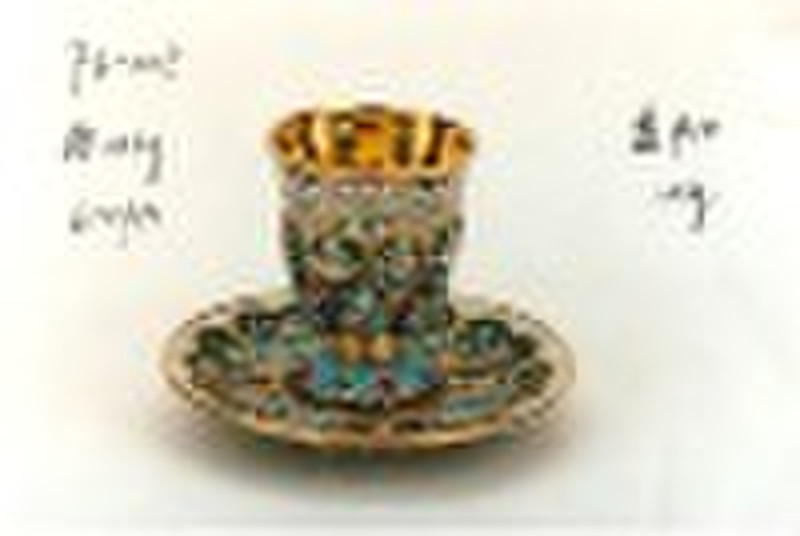Каталог
-
Каталог
- Автомобили и мотоциклы
- Безопасность и защита
- Бизнес
- Бытовая техника
- Бытовая электроника
- Детали машин и услуги по их изготовлению
- Дом и Сад
- Здоровье и медицина
- Игрушки и хобби
- Изделия из металла
- Измерительные и анализирующие приборы и инструменты
- Инструмент
- Красота и личная гигиена
- Мебель
- Мероприятия по охране окружающей среды
- Минералы и металлургия
- Модные аксессуары
- Обувь и аксессуары
- Одежда
- Освещение
- Подарки, сувениры
- Продовольственные товары и напитки
- Промышленное оборудование и техника
- Резина и пластмассы
- Сельское хозяйство
- Специальное оборудование
- Спорт, отдых и досуг
- Сток
- Строительство и недвижимость
- Текстиль и кожа
- Телекоммуникации
- Товары для офиса, учебы. Канцтовары
- Транспорт
- Упаковка и печать
- Химикаты
- Часы, Украшения, Очки
- Чемоданы, сумки
- Электронные компоненты, оборудование, принадлежности
- Электротехническое оборудование и принадлежности
- Энергия
Filters
Search
Серебро Кяхта киддуш Кубок
Ланфан, Китай
86-0316-13803167317

Fuliang Ma
Контактное лицо
Основные данные
| Место происхождения | Hebei China (Mainland) |
|---|---|
| Бренд | LSD |
| Номер Модели | Fb-005 |
Features Specifications:SilverKyakhta enamel kiddush cup 1.925 silver kyakhta enamel cup 2.Chinese non-material cultural heritage 3.Chinese royal kyakhta style 4.Handmade craft 5.Size:Φ51*67mm,Plate:Φ100mm 6.N.W:226g. Enamel is a unique art form that originated in Beijing during the Yuan Dynasty (1271 - 1368). The emperor who was very much interested in bronze-casting techniques, improved the color process, and created the bright blue that appealed to the Oriental aesthetic sense. After a processing breakthrough, most articles for his daily use were made of enamel; in time enamel became popular among the common people. During the reigns of Emperors Kangxi and Qianlong of the Qing Dynasty (1644 - 1911), enamel improved and reached its artistic summit. Colors were more delicate, filigrees more flexible and fluent, and scope was enlarged beyond the sacrifice-process wares into snuff bottles, folding screens, incense burners, tables, chairs, chopsticks, and bowls. Enamel manufacture is comprehensive and sophisticated, combining the techniques of silver filigree and porcelain ware, as well as those of traditional painting and sculpture: Model hammering: The process is to form silver pieces into various shapes with a hammer according to a design, joining them under high temperature. Filigree welding: In filigree welding the artist pinches and curves copper filigree into delicate flower patterns, pasting them onto the silver molds. Possibly the most challenging step of the procedure, heating to 900 degrees centigrade, firms the metal. Enamel filling: Through this interesting procedure, the enamel wears a colored wrap. Handicrafts specialists fill enamel glaze into lattices formed by fine-spun filigrees. Just one filling is not enough - the filigrees extrude, and the surface is dull. They have to fuse powdery glaze in the smelter at 800 degrees centigrade, then take the object out and repeat the process three or four times until its surface becomes smooth. Surface polishing: Seeking smooth surfaces, artisans polish articles three times with grit or charcoal. The work requires extreme care. Oxidized finish: Oxidized the surface of the final product to let it be antique imitation effect. Today, enamel art is exported to many countries as a favorite medium for ornaments. We sincerely hope to co-operate with all the friends in jewelry circles closely to develop jewelry business.
Условия поставки и упаковка
Packaging Detail: In carton Delivery Detail: 40days
Порт: xingang,china
Условия оплаты
Аккредитив
Электронный перевод
-
Способы оплаты
Для оплаты товаров и услуг на нашем портале, Вы всегда получаете счет, в котором Вам необходимо самостоятельно указать свои данные.
Мы принимаем к оплате:









